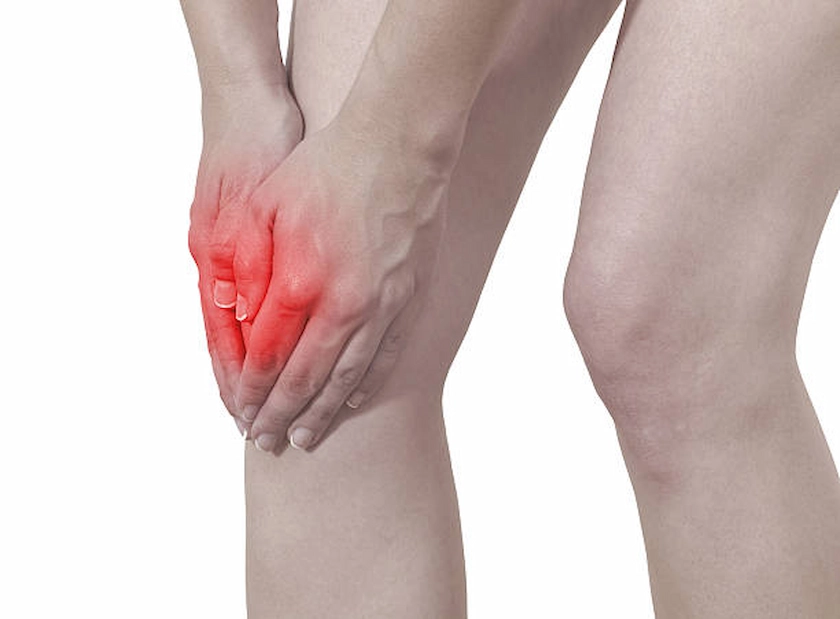
Causes and Treatment Options for Leg Ulcers
Leg ulcers, often caused by chronic venous insufficiency, diabetes, or injury, require prompt treatment to prevent complications. Wound care, compression therapy, and surgical interventions are effective options for managing and healing these open wounds.








